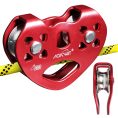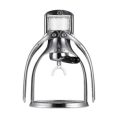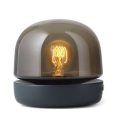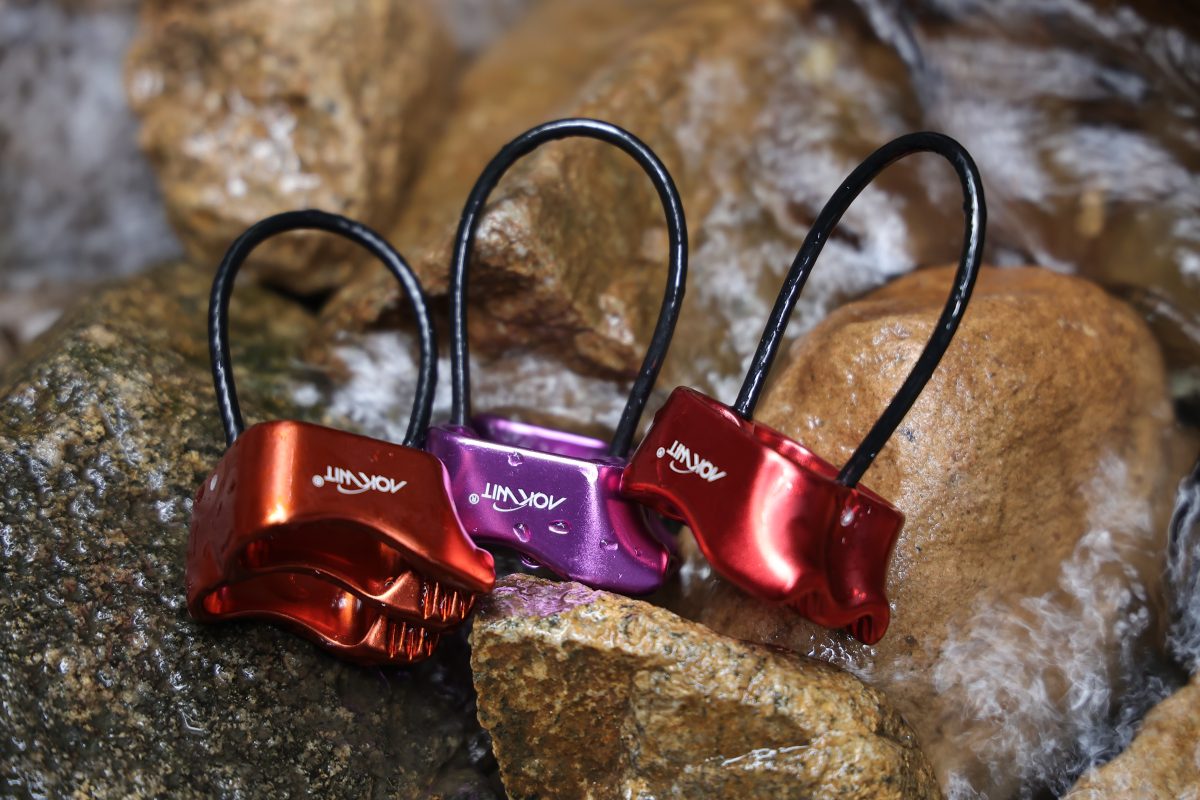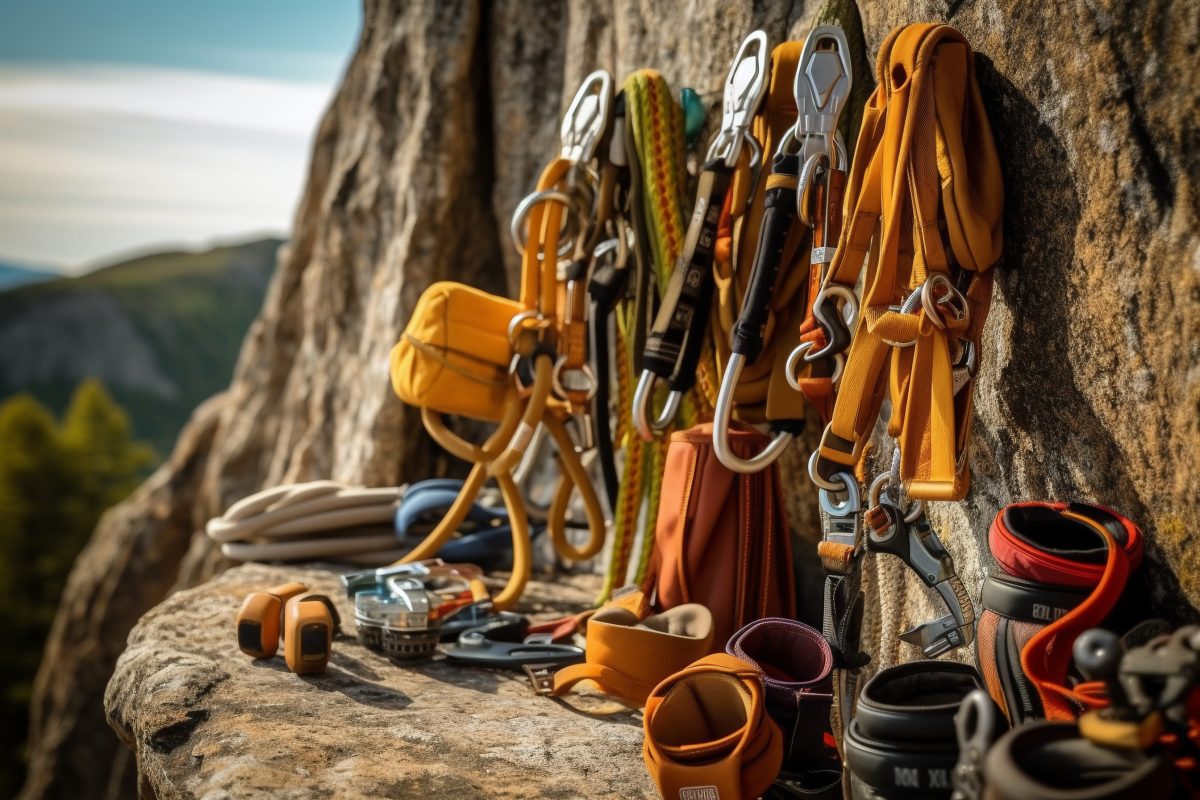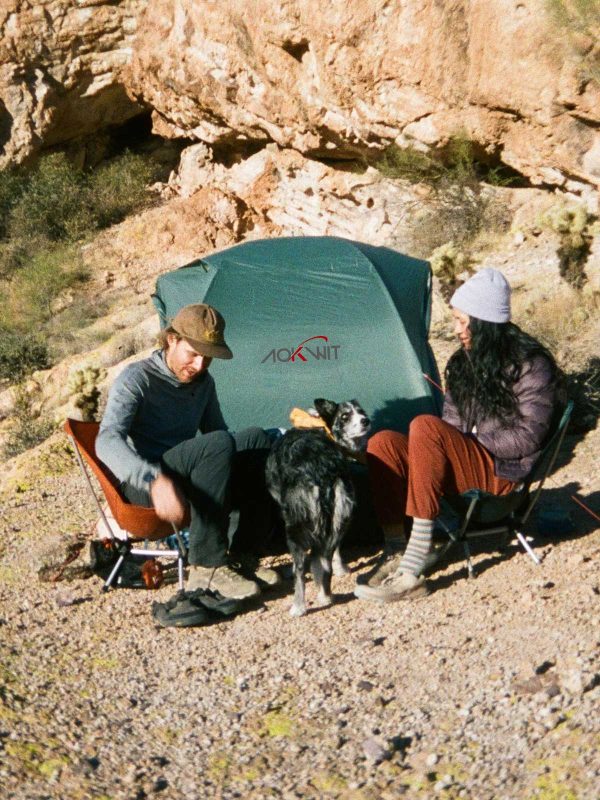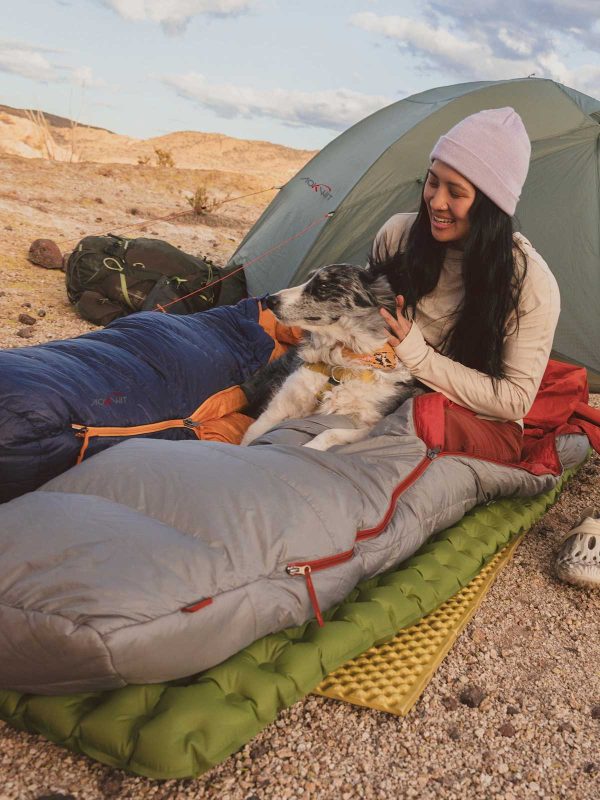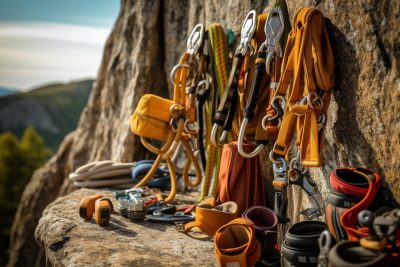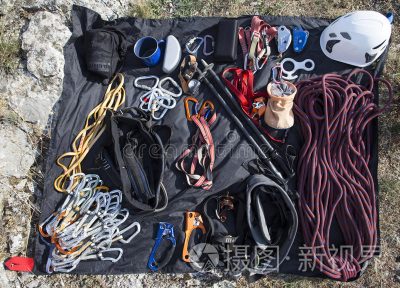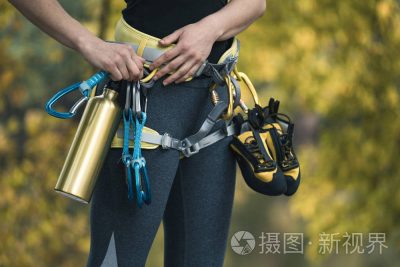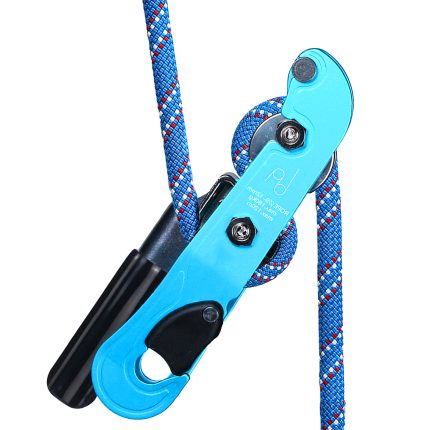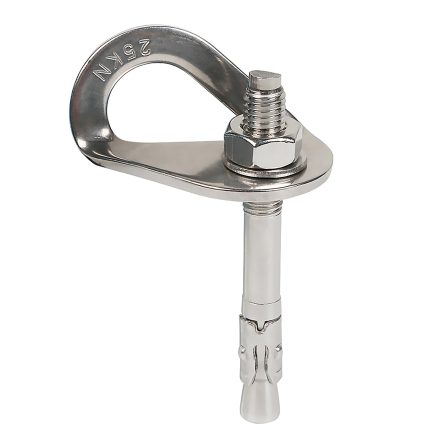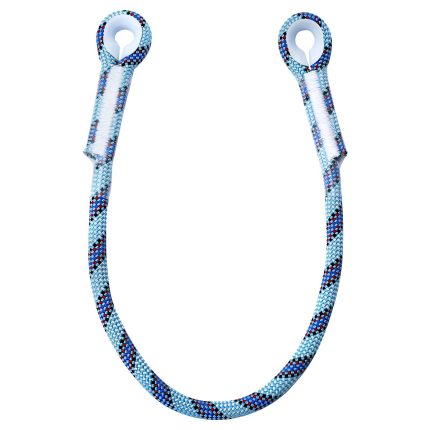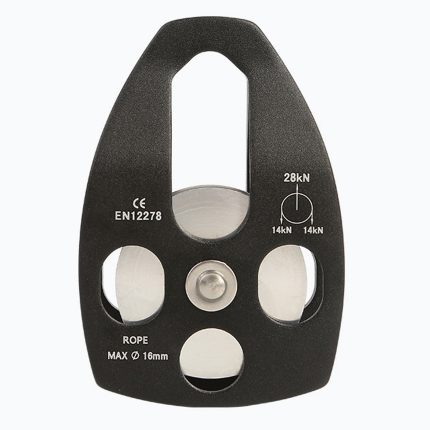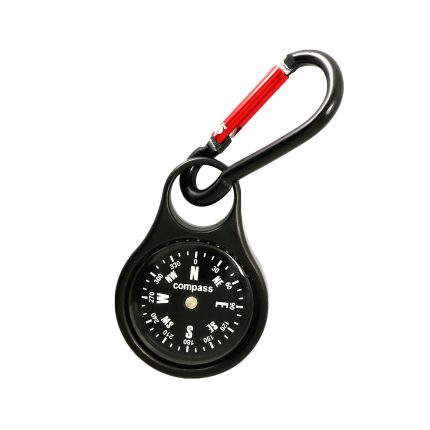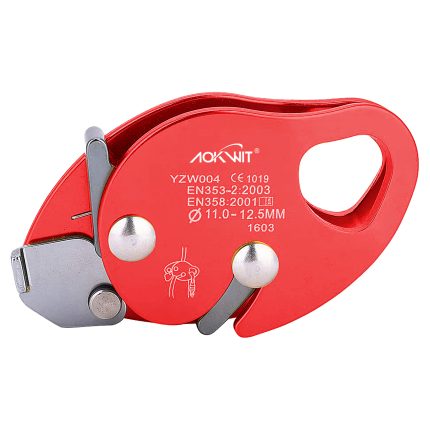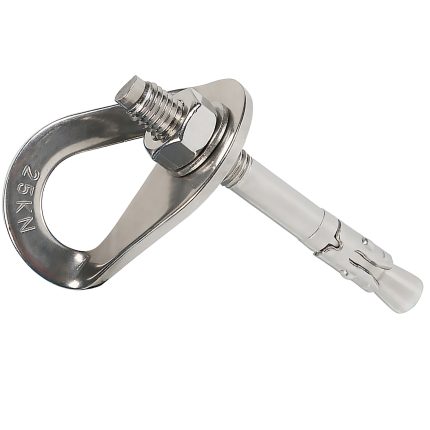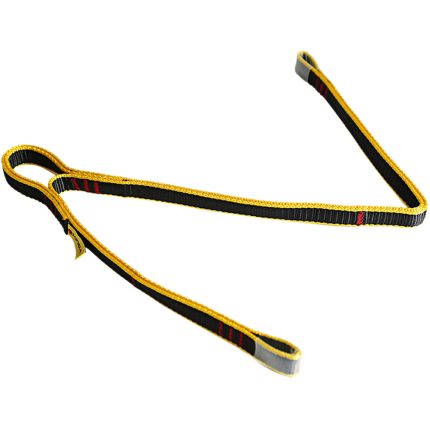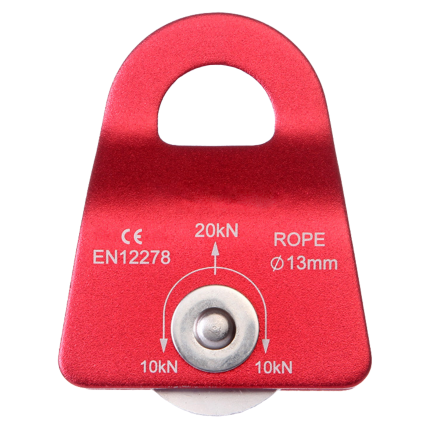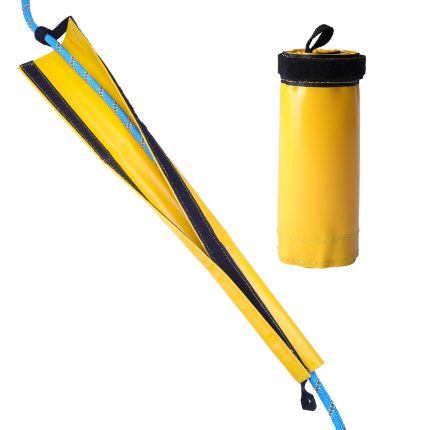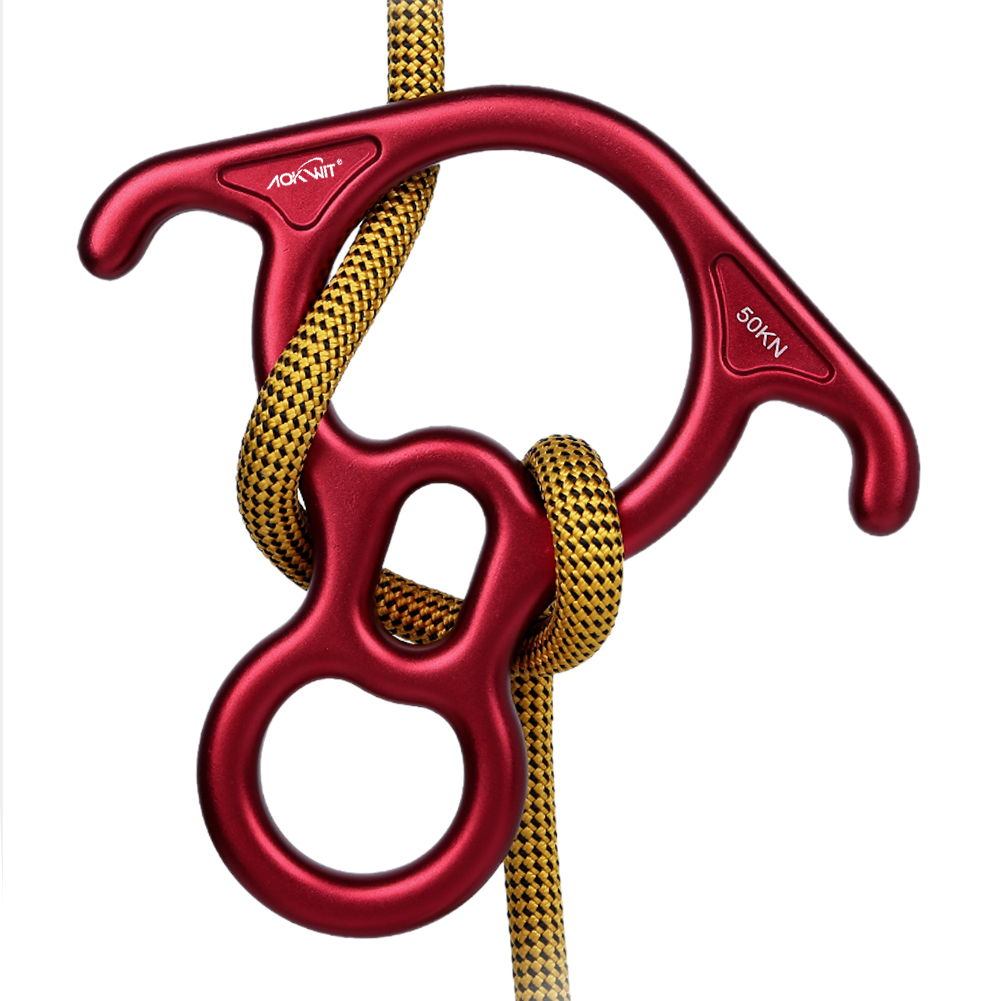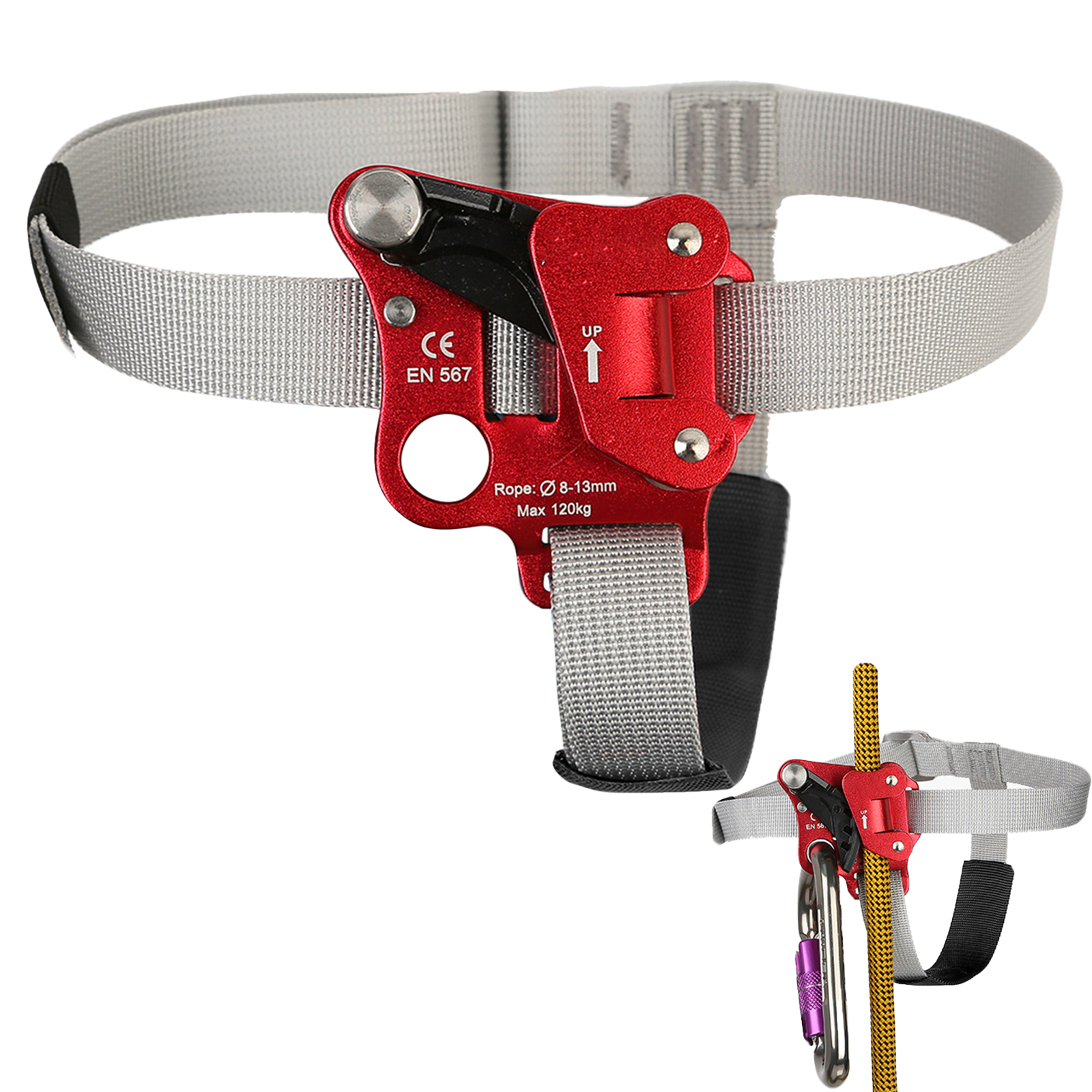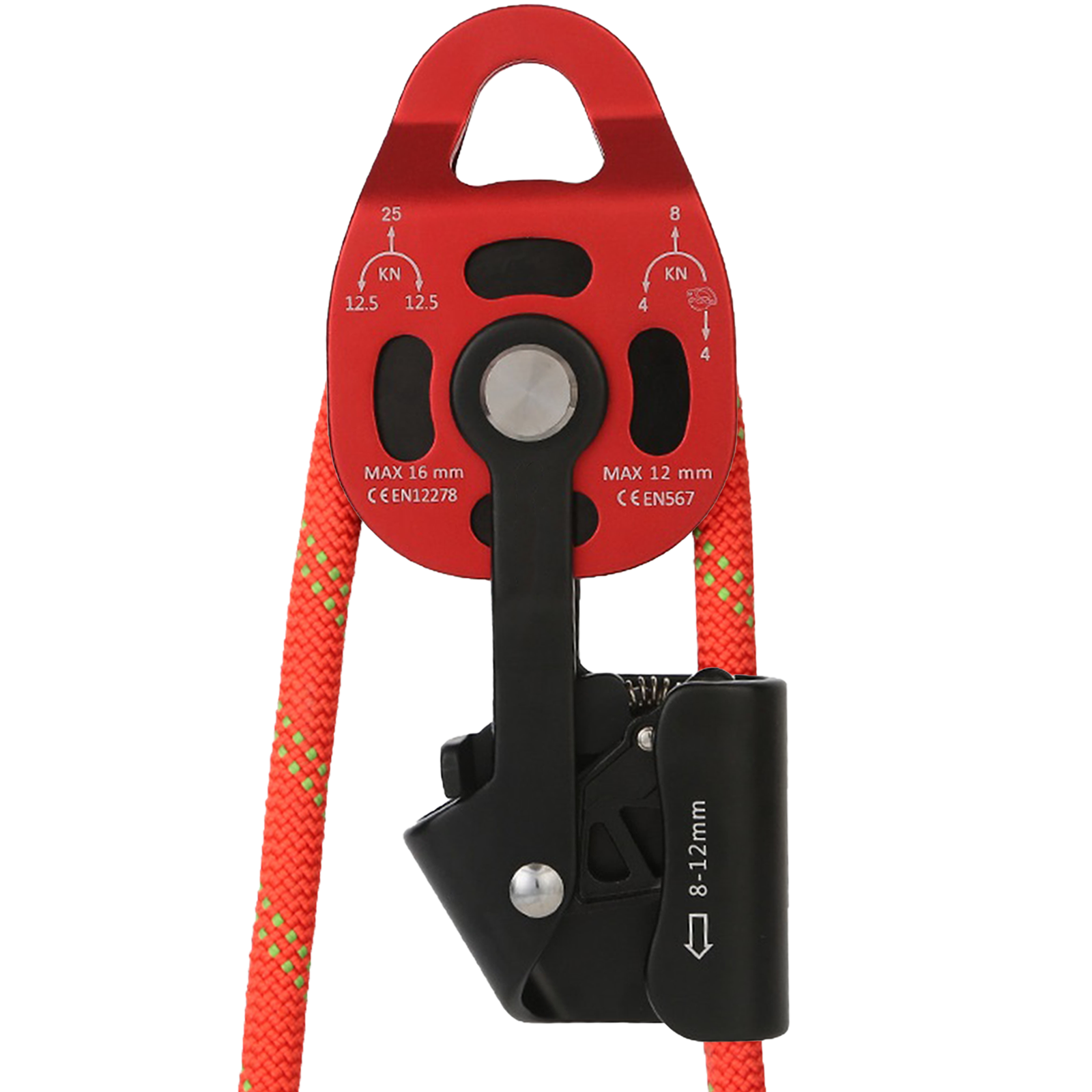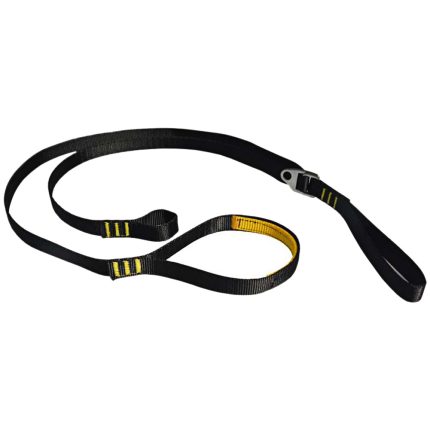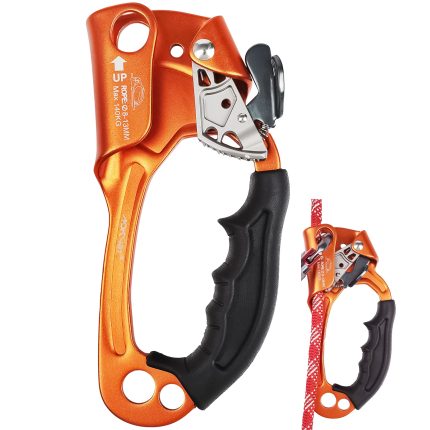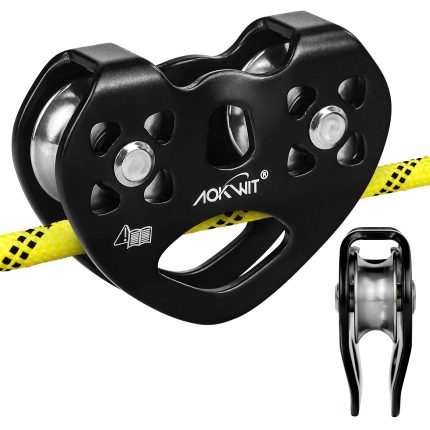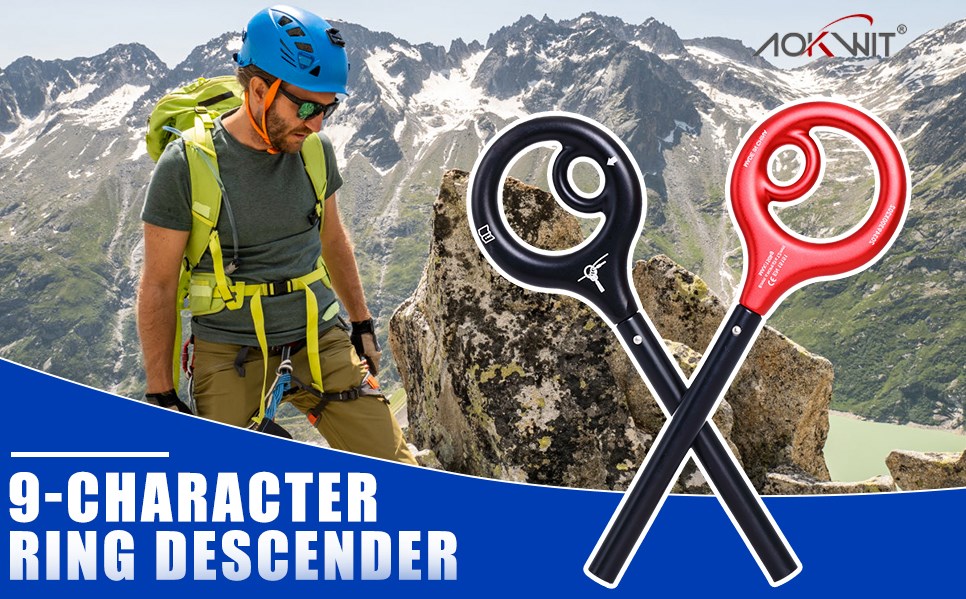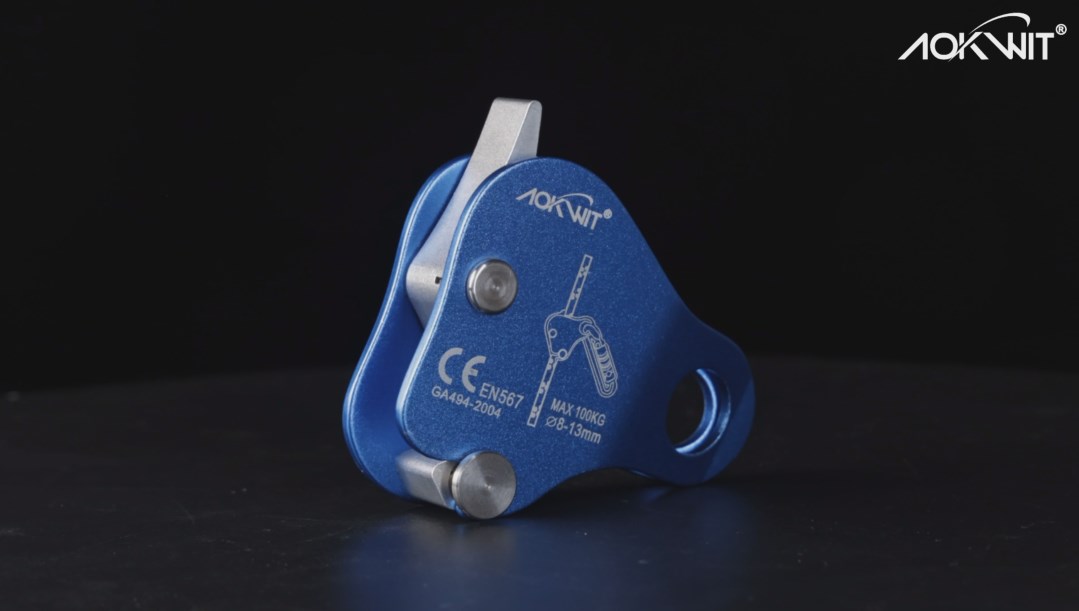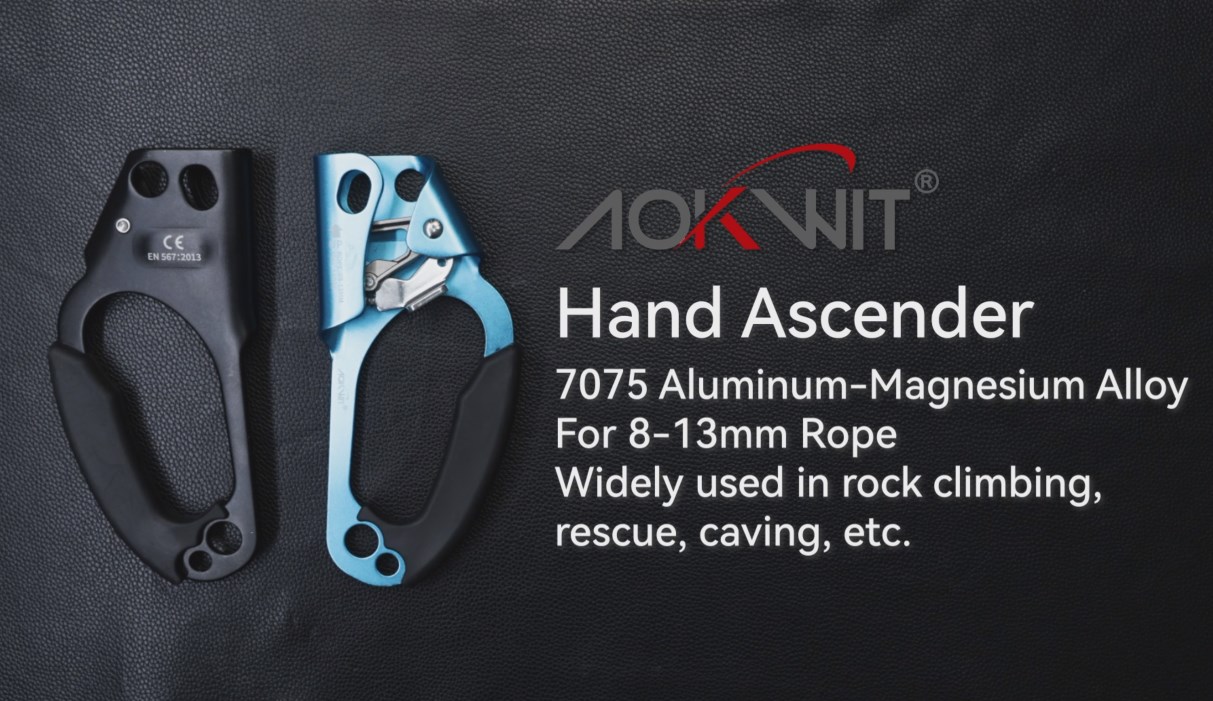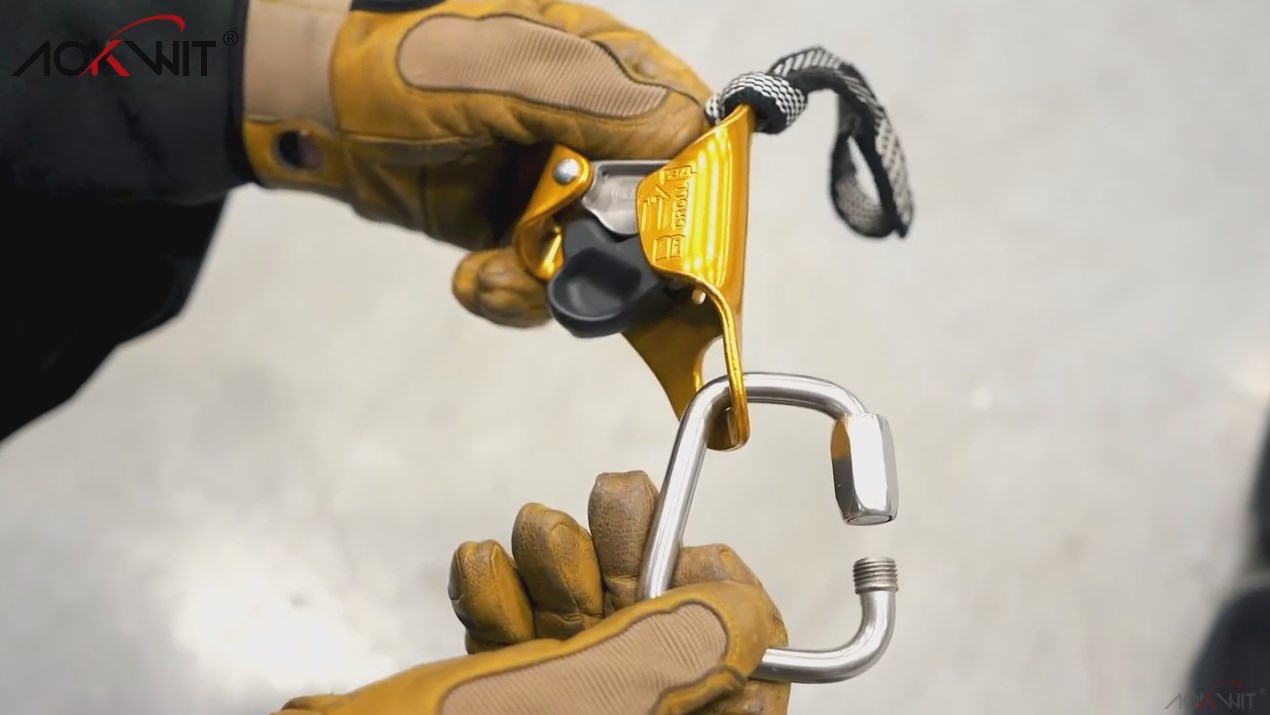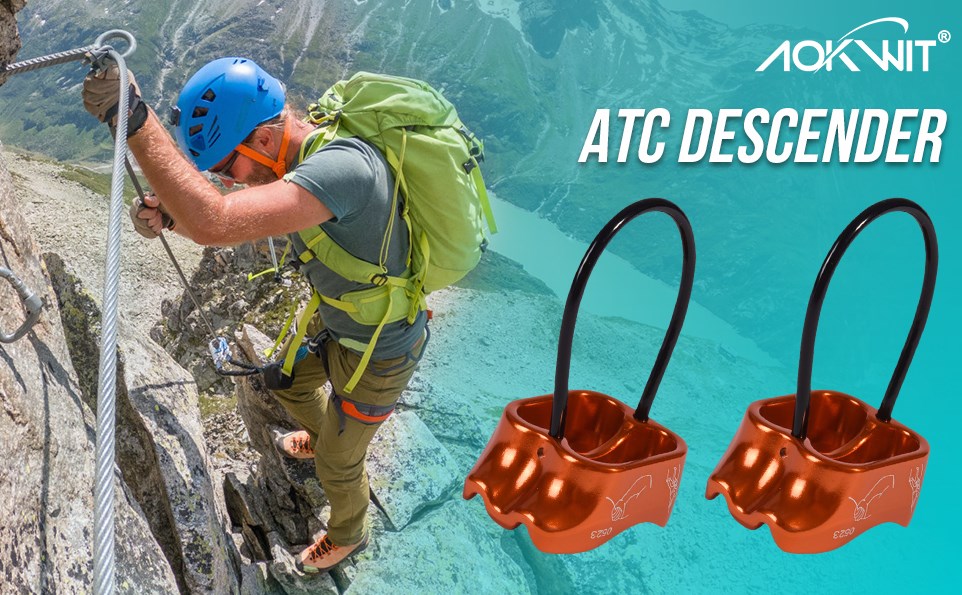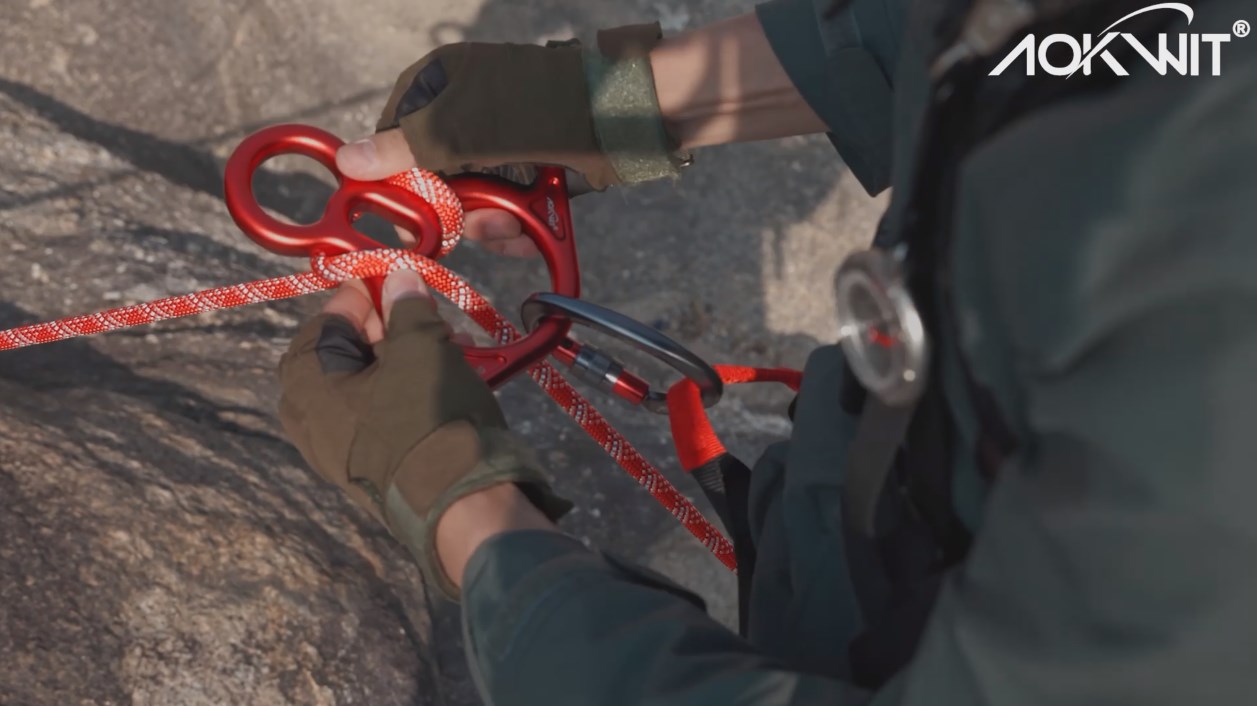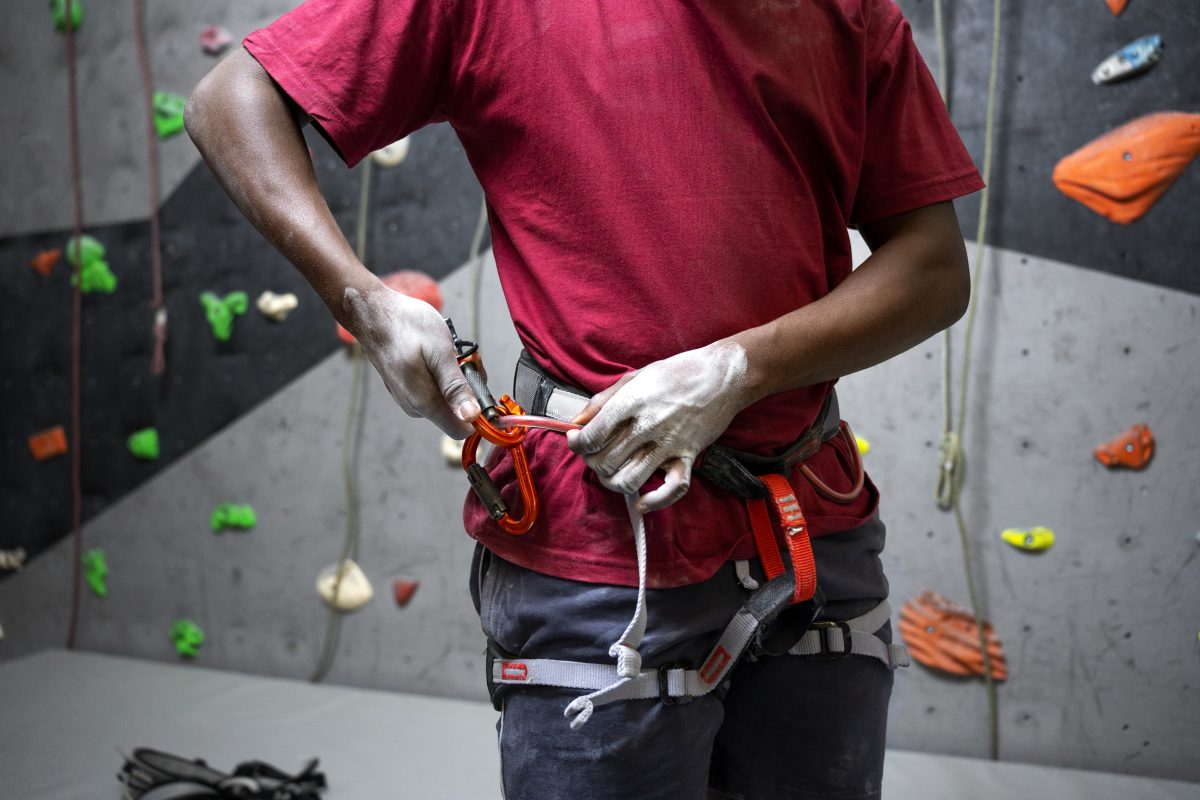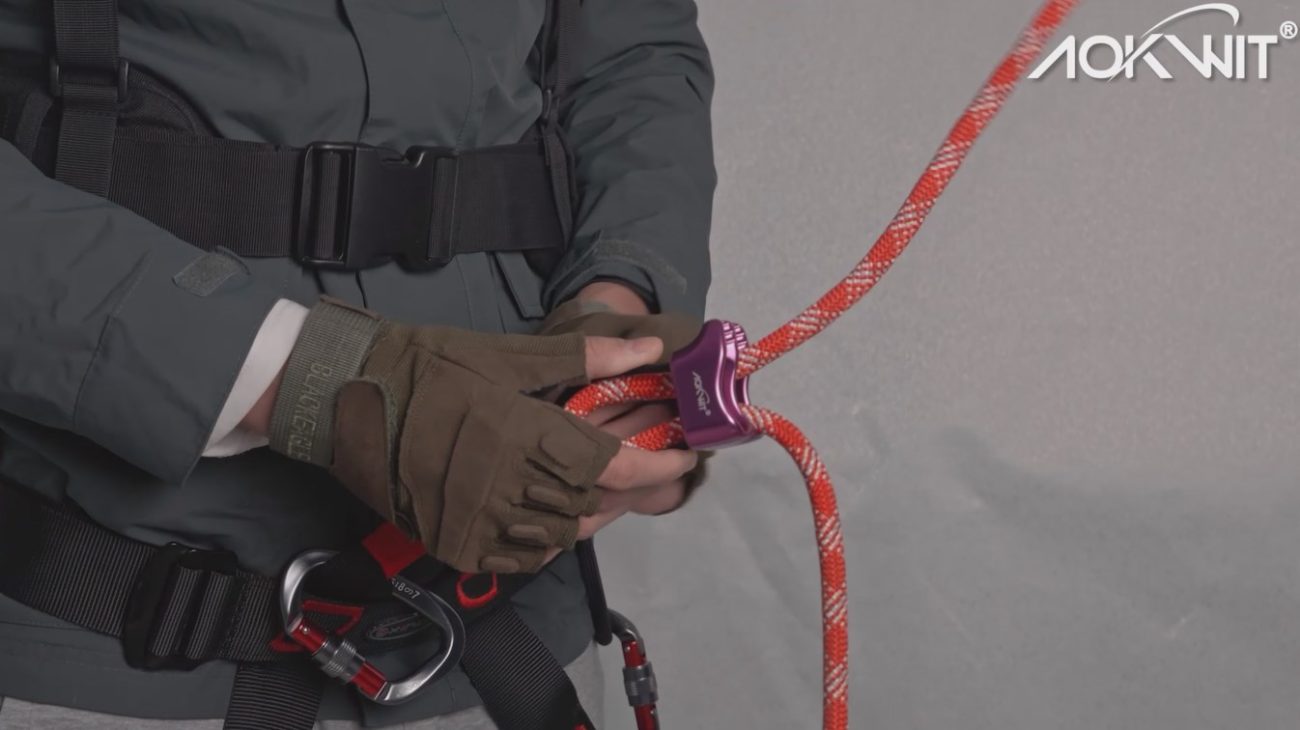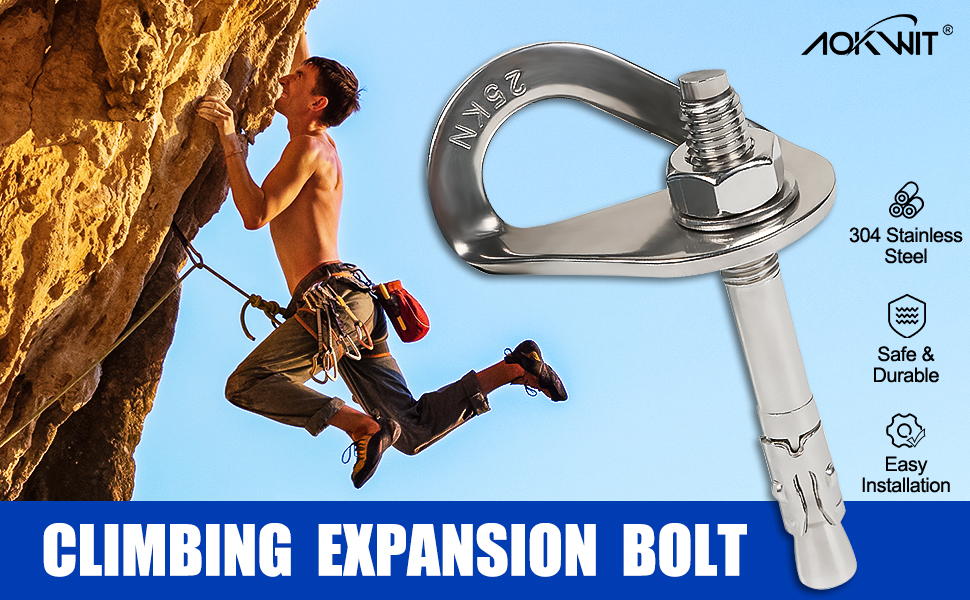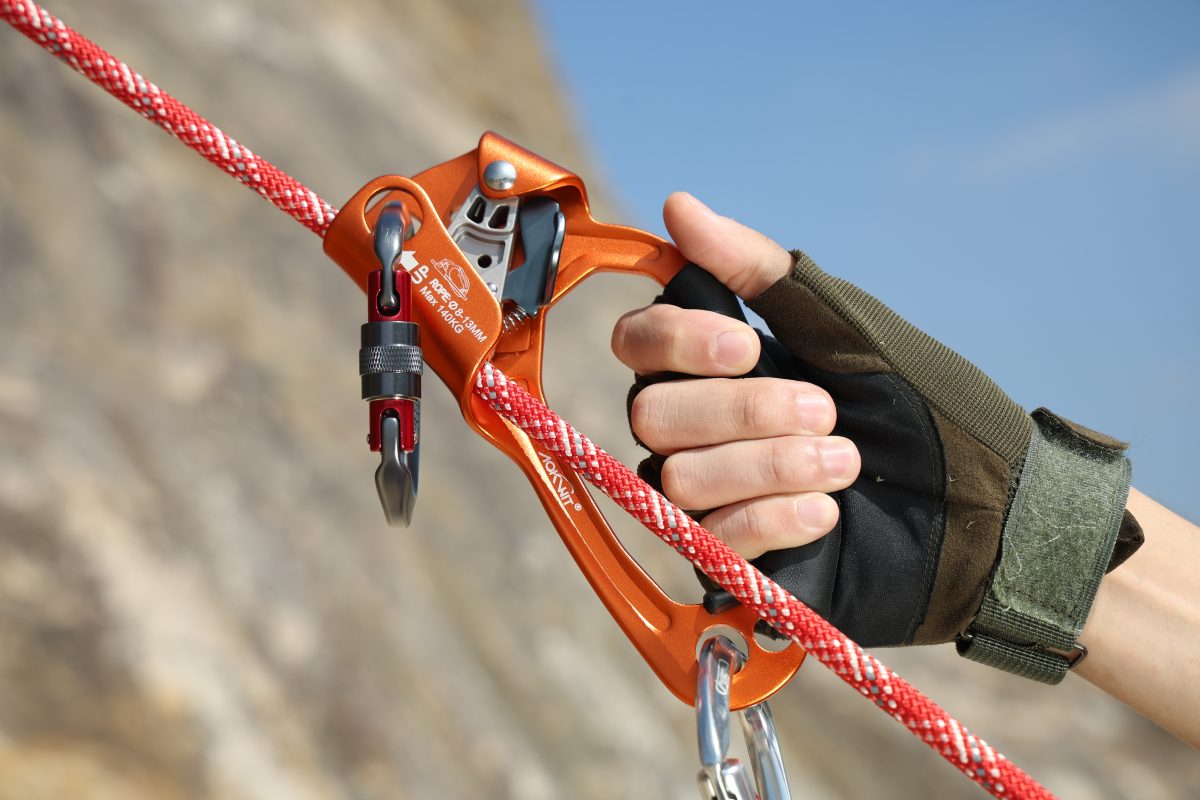AOKWIT Upgrade Figure 8 Descender – A Secret Weapon of Climber/Arborist/Firefighter/Roofer !
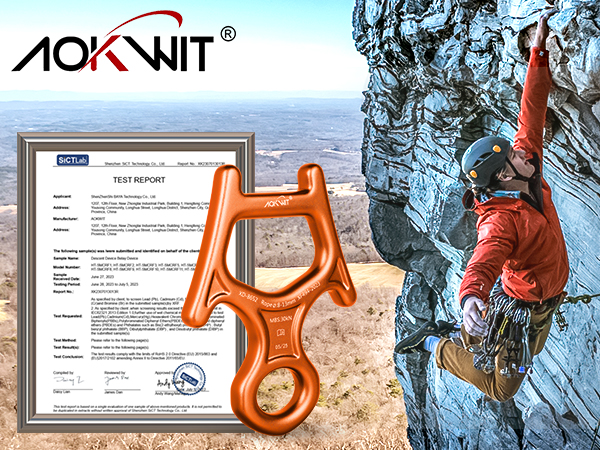
AOKWIT Climbing Speed Reduction Ring: Professional and reliable, multi-faceted control
The AOKWIT Climbing Speed Reduction Ring (Figure 8 Descender) is a core rope control device. Its core function is to provide a controlled descent (rappel) while also being used for tool lifting and hands-free working positions.
It is designed to provide users with smooth and reliable friction control, suitable for various scenarios requiring rope operation.
Load-Bearing Performance:
This descender is forged from military-grade 7075 aluminum alloy for exceptional strength. Its breaking load is as high as 30 KN (about 3,000 kg), which meets the high standards of life-saving equipment.
Precautions for Use:
- Professional training is crucial: Qualified professional training must be obtained before use, and proficiency in operating techniques and safety norms. Incorrect actions can lead to serious consequences.
- Matching Rope Specifications: Only suitable for ropes or webbing with a diameter between 8mm and 13mm. Using a rope that is too thin or too thick can cause friction to run out of control or get stuck, which is extremely dangerous.
- Regular Inspection & Maintenance: The lowerer should be carefully inspected for wear, cracks, or deformation before and after each use. Clean foreign objects such as grit to ensure smooth moving parts.
- Not available for direct lifeline connection: The descender itself is not an attachment point and must be properly attached to the seat belt or anchor point with a qualified lock.
- Understand Locking Mechanisms: Familiarize yourself with their “one-second lock” design (double ring for hands-free fastening, single ring for lowering) to ensure proper and secure setup in different working modes.
Usage Scenarios:
- With its strength, reliability, and unique design, AOKWIT reduction rings are widely used in:
- Rock climbing and mountaineering: professional descent, auxiliary protection.
- Aerial work and rescue: building roof operations, industrial rope operations (such as window cleaning), elevator fault rescue, and high-altitude rescue scenarios.
- Arboriculture (arboriculture): tree climbing, tool hoisting, hands-free pruning (ear bend design advantages).
- Caving and canyoning: Descending in a wet, rocky canyon environment (impact-resistant, easy to clean).
- Fire and Rescue Training: Rappelling exercises that simulate real-world scenarios.
- Specific rope work scenarios: such as theater rigging, high-altitude yoga silk adjustment (to ensure compliance with safety regulations), and other occasions that require controlled friction.
